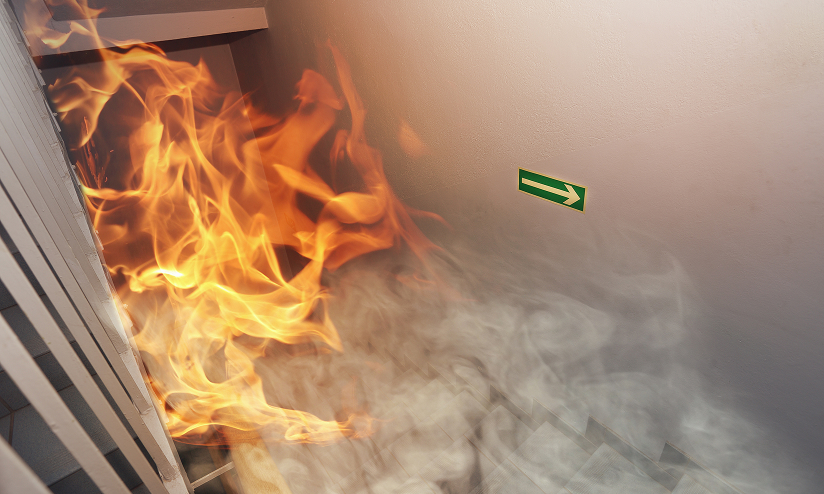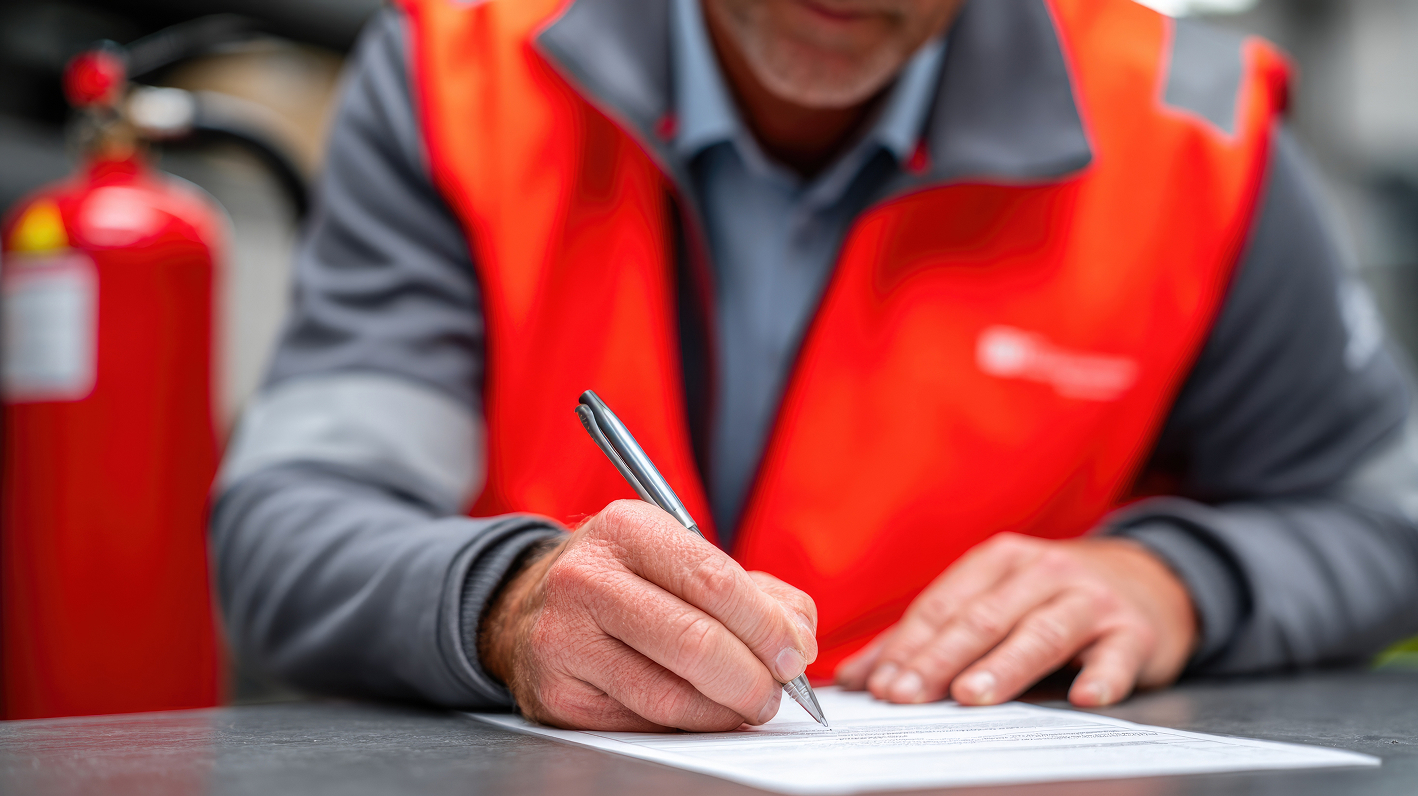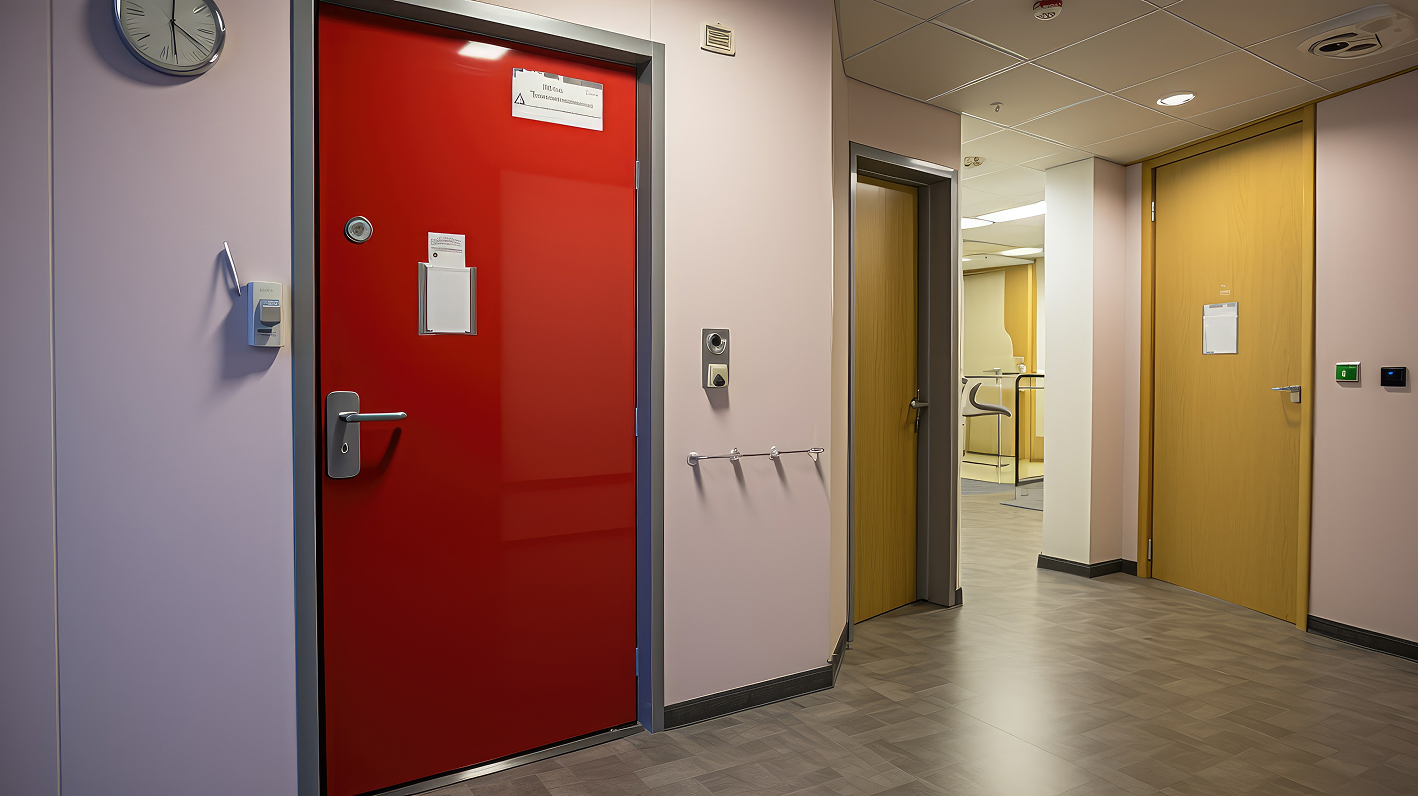Fire Door Inspections & Fire Risk Assessments.
Inspections That Protect. Prices That Respect.
Fire Door Inspections & Fire Risk Assessments.
Inspections That Protect. Prices That Respect.
From faulty closers to gaps around the frame, explore the most frequent issues found during fire door inspections—and how timely maintenance can prevent costly risks.
Fire doors are a critical component of any building’s fire protection strategy. Designed to contain fire and smoke, they provide vital protection to occupants and property. However, their effectiveness depends entirely on proper installation, regular maintenance, and compliance with fire safety regulations. At RIS Environmental Ltd, we conduct thorough fire door inspections across the UK—and consistently encounter a few key issues that compromise safety.
Here are the top five most common fire door failures—and how to avoid them:

The Problem:
A fire door without a properly functioning self-closing mechanism will not do its job. We often find closers that are missing, damaged, or incorrectly adjusted.
How to Avoid It:
Ensure all fire doors are fitted with a CE-marked closer appropriate for the door's weight and use. Regularly test the closing action—doors should close fully and latch without slamming.

The Problem:
Gaps larger than 3mm around the sides and top, or over 10mm at the bottom, allow smoke and flames to breach the door’s seal. Even a well-constructed fire door is ineffective if it doesn’t fit properly.
How to Avoid It:
Use a gap gauge to measure clearances. If gaps are outside the allowed limits, adjustments or intumescent seals should be added. A professional inspection can confirm compliance.

The Problem:
Intumescent strips expand in heat to seal the door and prevent smoke and fire from spreading. Cracked, painted-over, or missing seals are a major compliance issue.
How to Avoid It:
Inspect seals during routine maintenance. Replace any that are damaged or show signs of wear. Always use approved intumescent materials and avoid painting over them.

The Problem:
Using non-fire-rated hinges, handles, or locks can weaken the fire resistance of the entire door assembly.
How to Avoid It:
Ensure all door hardware is certified for use on fire doors. Check for CE marking and compatibility with the door’s fire rating. Hinges should be metal, with the correct number of screws and no visible damage.

The Problem:
Fire doors are often wedged open for convenience—completely defeating their purpose in an emergency.
How to Avoid It:
Install electromagnetic hold-open devices linked to the fire alarm system. Educate staff and tenants on the importance of keeping fire doors shut unless they close automatically when an alarm sounds.
Failing fire doors put lives, buildings, and legal compliance at risk. Regular fire door inspections, like those offered by RIS Environmental Ltd, ensure your fire safety measures remain effective and meet regulatory standards.
Don’t wait for a failure to happen—schedule a professional fire door inspection today.